Louis XIV, also known as the Sun King, became the King of France at the age of four in 1643 and remained so till his death in 1715 making him the longest reigning major monarch in European history. Once he became the de facto ruler of France, Louis transformed the country through reforms and made it a centralized state. He believed in the divine right of kings and held absolute power over his kingdom. He strengthened the armed forces of his country and four major wars took place during his reign. Louis is also known for controversial acts like the revocation of the Edict of Nantes and for having numerous mistresses. Nonetheless, he is often referred to as Louis the Great for making France the most powerful country in Europe. Know more about the family, life, reign and military campaigns of Louis XIV through these 10 interesting facts.
#1 THE BIRTH OF LOUIS XIV WAS CONSIDERED A MIRACLE OF GOD
Louis XIV was born on 5th September 1638 in the royal palace Château de Saint-Germain-en-Laye, located around 19 km west of Paris in France. His father Louis XIII was the King of France from 1610 to 1643. His mother Anne of Austria was the daughter of King Philip III of Spain. Louis XIII and Anne married in 1615 but they were unable to have a child for 23 years as the queen experienced four stillbirths between 1619 and 1631. 7 months before Louis XIV was born, France had been dedicated by Louis XIII to the Virgin Mary. Many believed that Virgin Mary had intervened to provide Louis XIII with an heir and the birth of Louis XIV was considered a miracle of God. He was thus named Louis Dieudonné (Louis the God-given).
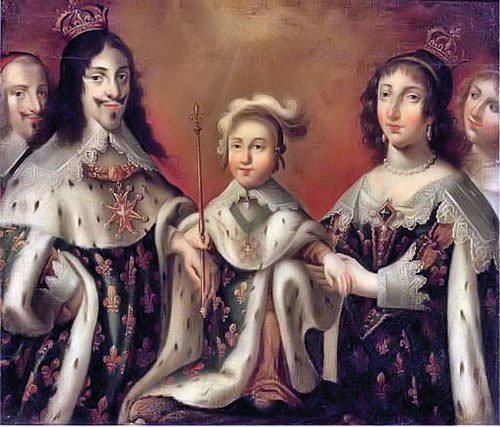
#2 HE BECAME THE KING OF FRANCE AT THE AGE OF FOUR
Around two years after the birth of Louis XIV, Louis XIII and Anne had another child. Louis XIV’s younger brother, Philippe I, the Duke of Orleans, would become the founder of the House of Orleans, a junior branch of the ruling House of Bourbon. Philippe I was effeminate and homosexual but he married twice. Through the children of his two marriages, Philippe became an ancestor of most modern-day Roman Catholic royalty, due to which he is at times referred to as “the grandfather of Europe”. Louis XIII died in Paris on 14th May 1643 making Louis XIV the King of France at the age of four years and eight months. As he was too young to rule, his mother Anne of Austria was appointed the Regent of France.
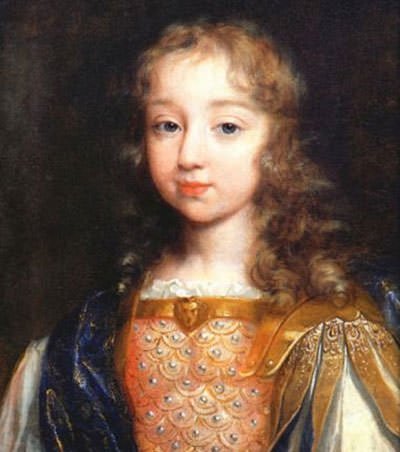
#3 HIS CHILDHOOD WAS DOMINATED BY THE CIVIL WAR
Anne of Austria appointed Cardinal Mazarin as her chief minister during her regency. They introduced policies to consolidate the power of the monarchy and this angered the nobles and members of the legal aristocracy. In 1648, the nobles and the Paris Parlement (a powerful law court) rose against the crown starting a long civil war known as the Fronde, which forced the royal family to flee from Paris. Throughout the civil war, Louis XIV suffered many hardships, including poverty and starvation. Most historians believe that this experience instilled in the young king a lifelong fear of rebellion and made him wary of the nobility. In 1653, the Fronde came to an end with Mazarin decisively defeating the rebels.
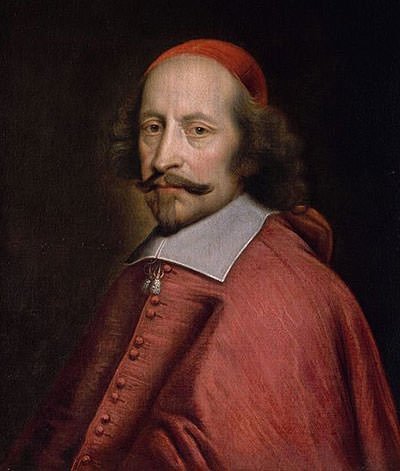
#4 HIS MARRIAGE WAS MORE POLITICAL THAN ROMANTIC
In his youth, Louis XIV fell in love with Marie Mancini, who was the niece of Cardinal Mazarin. Though Louis wanted to marry her, his mother and Mazarin separated the couple by sending Marie away from the court to Italy, where she was married to an Italian prince. Louis XIV was married to Maria Theresa, daughter of King Philip IV of Spain, on 9th June 1660 at Saint-Jean-de-Luz. There was just 5 days difference of age between the couple and they were first cousins. They went on to have six children but only one, Louis, survived past the age of five. The marriage of Louis and Maria ensured ratification of the peace treaty between France and Spain. It also proved useful for Louis XIV as much of the claims and objectives of his foreign policy would be based on this marriage.

#5 LOUIS XIV BELIEVED IN THE DIVINE RIGHT OF KINGS
On June 7, 1654, at the age of 15, Louis XIV was crowned in Reims, the traditional site of the crowning of the kings of France. However, Cardinal Mazarin held true power during the early reign of Louis and it was only after his death on 9th March 1661 that Louis began his personal rule. On March 10, Louis made his famous declaration in which he informed his ministers that he was to reign without a chief minister and would assume all responsibility for ruling France. Louis XIV considered himself to be a direct representative of God who was endowed with the divine right to wield an absolute monarchy. He chose the sun as his personal emblem and it is probably due to this reason that he became known as the Sun King. Louis XIV has been depicted as Apollo, the Greek god of the sun, in several artworks.
#6 LOUIS XIV WAS ONE OF THE MOST POWERFUL MONARCHS IN FRENCH HISTORY
When Louis XIV began his personal rule, the treasury was on the verge of bankruptcy, the legal system was inconsistent and the nobles had initiated 11 civil wars in 40 years. Louis implemented a series of administrative, legal and financial reforms which reduced the deficit, fostered growth of industry, established uniform laws and transformed France into a centralized state. Louis had the famous Palace of Versailles built and moved the royal court from Paris to Versailles in 1682. He lured the nobles to inhabit his lavish Palace of Versailles, habituated them to an opulent lifestyle and made their destinies dependent on him. By eliminating feudalism, domesticating the nobles and centralizing power, Louis XIV became one of the most powerful monarchs in the history of France.
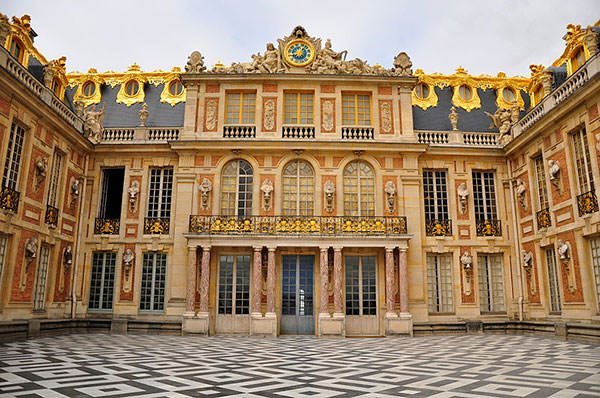
#7 HE ESTABLISHED FRANCE AS THE DOMINANT POWER IN EUROPE
The foreign policy of Louis XIV was aggressive and expansionist. He strengthened his army, which grew from 30,000 in 1667 to 400,000 by 1697; and reformed it into a professional, disciplined and well-trained force. The navy was also modernized and grew from a squadron of 20 ships to a fleet of 270 by 1677. Louis led France, mostly successfully, in a number of wars which expanded his kingdom. The four major wars fought during his reign were War of Devolution (1667-1668), Franco-Dutch War (1672–78), Nine Years’ War (1688-1697) and the War of the Spanish Succession (1701-1715). By 1680, Louis had established France as the dominant power in Europe and it remained so during most of his reign.
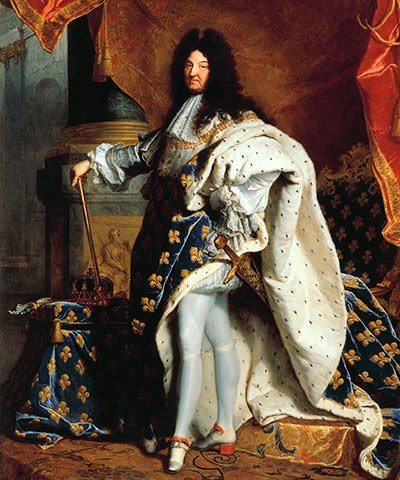
#8 HIS MOST INFAMOUS ACT WAS THE REVOCATION OF THE EDICT OF NANTES
In 1598, to end the French Wars of Religion, King Henry IV issued the Edict of Nantes which granted substantial rights to Calvinist Protestants of France (Huguenots). Louis XIV was a pious king who was deeply committed to the Catholic faith. He initially excluded Protestants from office and closed their churches outside the areas stipulated by the edict. On 15th October 1685, Louis issued the infamous Edict of Fontainebleau which revoked the Edict of Nantes and repealed all privileges granted by it. Protestantism was declared illegal; churches were to be demolished; Protestants were to be forcibly converted to Catholicism; and pastors could choose either exile or a secular life. All this led to a large number of Protestants (210,000 – 900,000) leaving France for Protestant states. Many of these were skilled and hence this exodus is considered to have weakened the French economy.
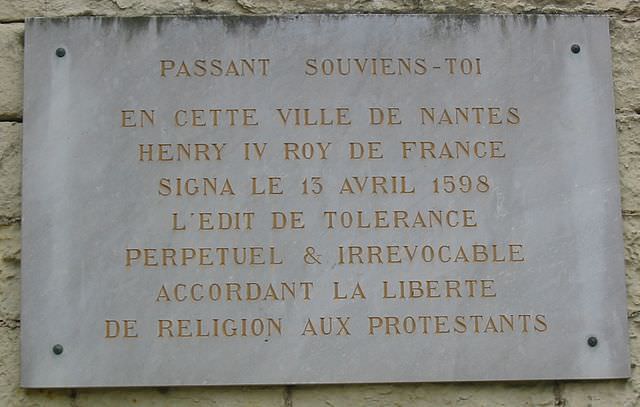
#9 HE HAD SEVERAL MISTRESSES WHO BORE HIM MANY CHILDREN
Louis XIV was never faithful to his wife Maria Theresa and had a number of mistresses. One of his lovers was Henrietta of England, the wife of his own brother. Louis had many children with his mistresses, which include five with Louise de La Vallière and seven with Madame de Montespan. Maria Theresa died in 1683 and most historians believe that Louis secretly married the royal governess Madame de Maintenon shortly after that, either in late 1683 or early 1684. Louis loved his second wife more than his first and he was comparatively more faithful to her. Madame de Maintenon was deeply religious which led to Louis becoming more committed to the Catholic faith. She also exerted considerable influence in the court and some historians consider her to be partly responsible for the Edict of Fontainebleau.
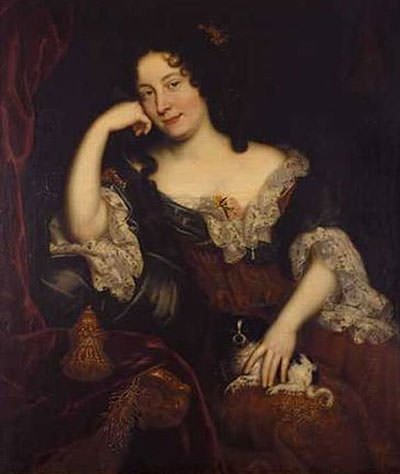
#10 He IS THE LONGEST REIGNING MAJOR MONARCH IN EUROPEAN HISTORY
On September 1, 1715, Louis XIV died due to gangrene at his Palace of Versailles. He was four days short of turning 77. Louis XIV officially reigned over France for a period of 72 years and 110 days, which is the longest for any monarch of a major country in European history. Louis established himself as the most powerful monarch in Europe and France as the leading nation in the region. However, constant warfare left France with a massive debt and, though it remained internally strong, it couldn’t maintain its military dominance after the death of Louis XIV. He himself said on his deathbed, “I have loved war too much”. The reforms and absolute monarchy that Louis established had major consequences. He is considered one of the most influential European monarchs in history and many refer to him as Louis the Great.
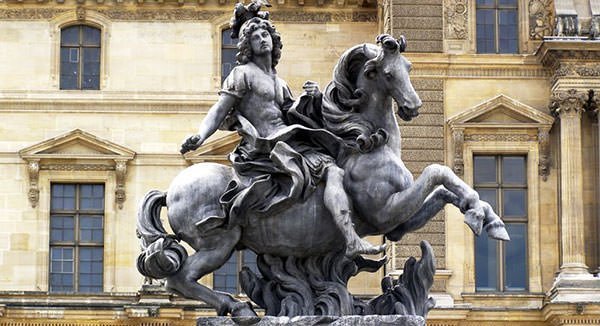
ORDER OF SAINT LOUIS
Louis XIV founded the Royal and Military Order of Saint Louis which was named after Louis IX of France, commonly known as Saint Louis. It was a chivalric reward for exceptional officers and is notable as the first decoration that could be granted to non-nobles. Order of Saint Louis was a predecessor of the Légion d’honneur (Legion of Honour), with which it shares the red ribbon. Established by Napoléon Bonaparte in 1802, the Legion of Honour is the highest French order for military and civil merits.

